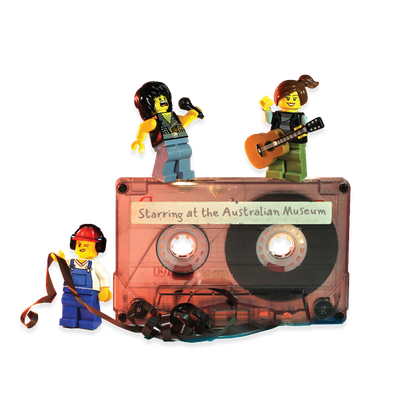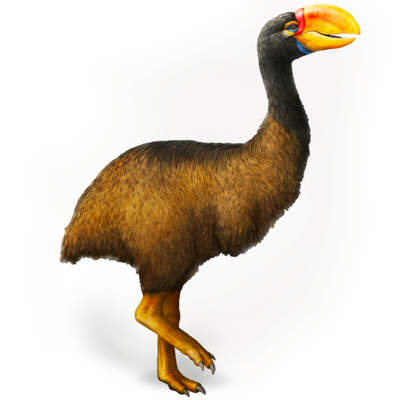Your search returned 46 results
By Page Type
By Tag
- All
- fish (966)
- blog (696)
- fishes of sydney harbour (401)
- First Nations (299)
- Blog (236)
- AMRI (169)
- archives (164)
- Eureka Prizes (146)
- Aboriginal and Torres Strait Islander (135)
- insect (126)
- Ichthyology (124)
- geoscience (109)
- minerals (102)
- climate change (100)
- podcast (94)
- Fish (91)
- Anthropology (89)
- International collections (80)
- Minerals Gallery (78)
- wildlife of sydney (78)
- Labridae (77)
- frog (74)
- gemstone (70)
- history (64)
- photography (64)
- Mollusca (60)
- gem (59)
- staff (59)
- Birds (56)
- Gems (56)
- Indonesia (56)
- education (56)
- shark (55)
- AMplify (54)
- people (53)
- earth sciences (50)
- past exhibitions (50)
- exhibition (49)
- Gobiidae (48)
- sustainability (46)
- Pomacentridae (45)
- Serranidae (44)
- lifelong learning (42)
- science (42)
- Earth and Environmental Science (41)
- Syngnathidae (41)
- Ancient Egypt (40)
- Bali (40)
- bird (40)
- dangerous australians (40)
-
Yellow Wattlebird
https://australian.museum/learn/animals/birds/yellow-wattlebird/The Yellow Wattlebird is Australia's largest honeyeater with the very distinctive yellow-orange wattles on the sides of the head.
-
Channel-billed Cuckoo
https://australian.museum/learn/animals/birds/channel-billed-cuckoo/The Channel-billed Cuckoo is the largest parasitic cuckoo in the world.
-
Bourke's Parrot
https://australian.museum/learn/animals/birds/bourkes-parrot/Another name for Bourke's Parrot is 'Night Parrot', as it will fly into watering places at night. However it is not to be confused with the real, and extremely rare, Night Parrot, Pezoporus occidentalis.
-
Bell Miner
https://australian.museum/learn/animals/birds/bell-miner/Bell Miners are strongly associated with psyllid (tiny insects that feed on leaves) infestations in gum trees Eucalyptus (causing the disease called 'dieback') and may even actively farm psyllids as a food source.
-
Flexiraptor
https://australian.museum/learn/australia-over-time/extinct-animals/flexiraptor/Flexiraptor was a long-legged bird of prey that hunted and ate small and medium-sized animals such as possums or other mammals, lizards or baby birds.
-
Little hope of rescue for an endangered bird population in Sydney
https://australian.museum/learn/news/blog/amri-little-hope-of-rescue-bird/An endangered population of White-fronted Chats now appears to be isolated from all others.
-
Black Swan
https://australian.museum/learn/animals/birds/black-swan/The Black Swan is the only entirely black-coloured swan in the world.
-
White-browed Babbler
https://australian.museum/learn/animals/birds/white-browed-babbler/White-browed Babblers build communal roosting nests of twigs and sticks, usually in dead or partly living trees. They participate in activities such as dust-bathing, preening and feeding as a group.
-
Splendid Fairy-wren
https://australian.museum/learn/animals/birds/splendid-fairy-wren/The nest of the Splendid Fairy-wren is so small that the female's long tail is bent during incubation.
-
Southern Emu-wren
https://australian.museum/learn/animals/birds/southern-emu-wren/The emu-wrens are named for their six wispy, emu-like tail feathers.
-
Discover more
2025 Australian Geographic Nature Photographer of the Year
Special exhibition
Free entry
Now open -
Discover more
Unfinished Business
Special exhibition
Free entry
Now open -
Find out more
Surviving Australia
Permanent exhibition
Free entry
Now open![]()
-
Find out more
Burra
Permanent kids learning space
Free entry
10am - 4.30pm![]()
-
Discover more
Minerals
Permanent exhibition
Free entry
Open daily![]()





